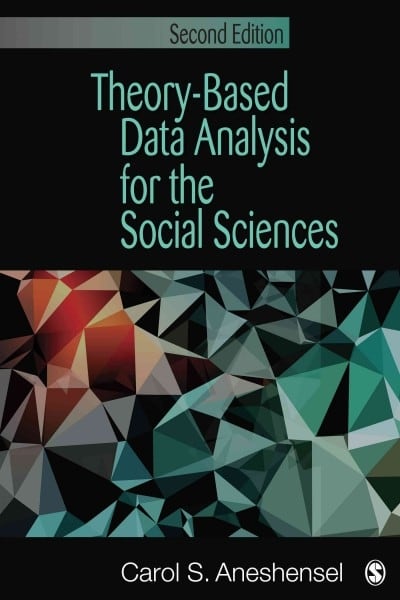Question
Unit 5 study questions These questions are a guide to help you navigate the readings for this unit and prepare for the unit quiz. Please
Unit 5 study questions These questions are a guide to help you navigate the readings for this unit and prepare for the unit quiz. Please note that not all questions are required for points. Those questions that will be graded for points are indicated below. The following questions refer to the Iwata et al. (1994) article: (#1, 2, 3, 4, 5, 6) 1. Describe the four experimental conditions. 2. What do the authors believe the function is for the alone condition? What did they observe during the study to give them this idea? 3. What do the authors believe the function is for the academic condition? What did they observe during the study to give them this idea? 4. What do the authors believe the function is for the social disapproval condition? What did they observe during the study to give them this idea? 5. Some of the subjects in the study demonstrated SIB across all conditions. What did the authors attribute that to? 6. What do the authors identify as limitations to their results? 7. Why were lower levels of self-injury consistent during the control condition? 8. How were staff trained to participate? 9. By analyzing the graphs on page 205, which child has the clearest function for SIB and what is that function? 10. The authors describe the use of "operant methodology," what do they mean by this? The following questions refer to the Piazza et al. (1997) study: (# 11, 12, 13, 15, 17) 11. Why was elopement chosen as a behavior to treat and how was it functionally defined? 12. What was the general method used? 13. With the subject Ray, what did the authors determine was the function of his elopement and how was it treated? 14. With the subject Ray, how was the treatment faded and extended to reduce elopement across settings and to be maintained for an extended period of time? 15. With the subject Owen, how was the function of his elopement assessed? 16. With the subject Owen, who was trained to implement the treatment contingencies and how were they trained? 17. Why was the assessment of Ty's elopement different from the other subjects and how was it completed?
18. What was the treatment for Ty's elopement and how effective was it? 19. Why did the authors choose to conduct a reinforcer assessment? 20. What was the final limitation of the Piazza et al. (1997) study identified by the authors?
References
- Iwata, B. A., Dorsey, M. F., Slifer, K. J., Bauman, K. E., & Richman, G. S. (1994). Toward a functional analysis of self-injury. Journal of Applied Behavior Analysis, 27, 197-209.Download Iwata, B. A., Dorsey, M. F., Slifer, K. J., Bauman, K. E., & Richman, G. S. (1994). Toward a functional analysis of self-injury. Journal of Applied Behavior Analysis, 27, 197-209.
- Piazza, C. C., Hanley, G. P., Bowman, L. G., Ruyter, J. M., Lindauer, S. E., & Saiontz, D. M. (1997). Functional analysis and treatment of elopement. Journal of Applied Behavior Analysis, 30, 653-672.
Step by Step Solution
There are 3 Steps involved in it
Step: 1

Get Instant Access to Expert-Tailored Solutions
See step-by-step solutions with expert insights and AI powered tools for academic success
Step: 2

Step: 3

Ace Your Homework with AI
Get the answers you need in no time with our AI-driven, step-by-step assistance
Get Started


